All interviews were recorded and the transcripts were analysed to identify key themes and insights which are listed below.
Insights and goals
Although many customers of Servizz.gov were satisfied with the service, some customers and staff had negative experiences because many of the systems were designed around departmental functions rather than service users. Teasing out the underlying issues generated 4 key insights. (This is the only part of this report that must remain confidential.)
Everyone in the system cares about the customer
Customers really appreciated Servizz.gov and staff enjoyed working in it. Although top management felt they had experienced resistance to departments, most departments buy into the vision of one-stop services and felt services to the customer had improved.
Implementation is taking place without a clear strategy
Departments and the call centre sometimes felt that the pace and scale of of the change required, meant they had little time to plan implementation and manage risks. In addition, the Servizz.gov front-end and departmental back-end were planned separately and had different goals, which sometimes resulted in a disjointed customer journey.
There is too much push and not enough pull
The tendency to respond to delay with direction sometimes reduced capacity to respond. If staff were not responding to cases because they were overwhelmed or cases were complex, more pressure just increased anxiety and made staff feel judged unfairly. Focusing solely on timescales was also having an adverse effect on the quality of service and people felt they were scolded when they didn’t achieve them. Staff wanted more time to communicate and build relationships and more recognition for good performance.
The operational pressures are preventing learning from taking place
There are some staff across the system that were working unacceptably long hours and the team leading Servizz.gov were stretched and had little time for anything but fire fighting. Some departments had a list of problems in implementation that were not resolved and staff were scared to talk about problems, and this was preventing learning from taking place.




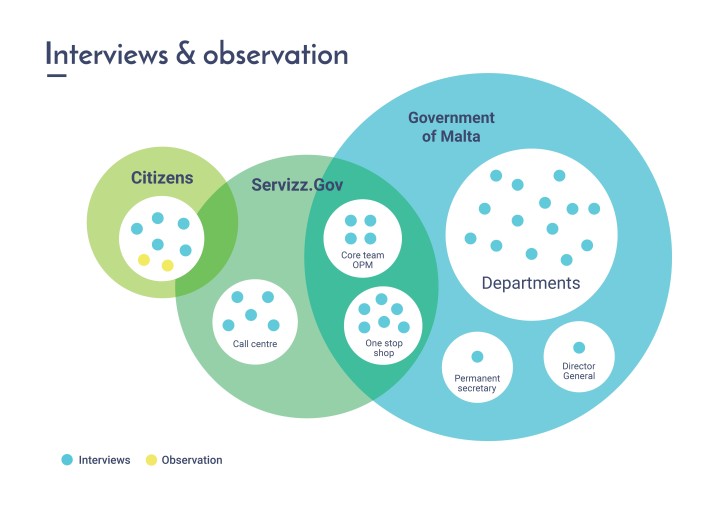
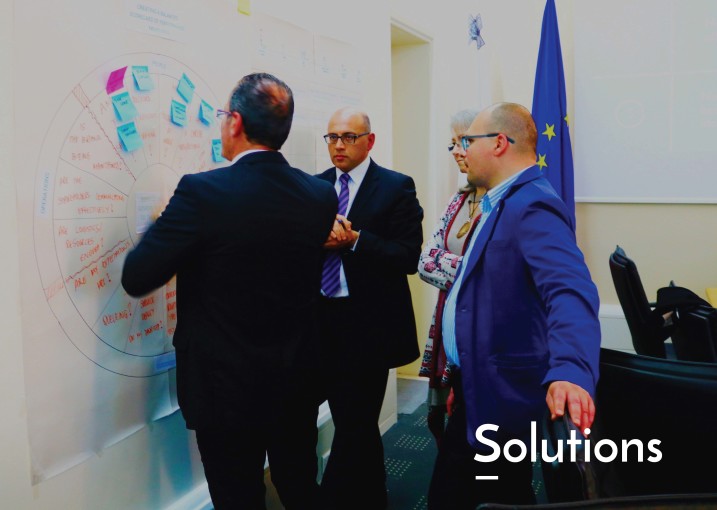

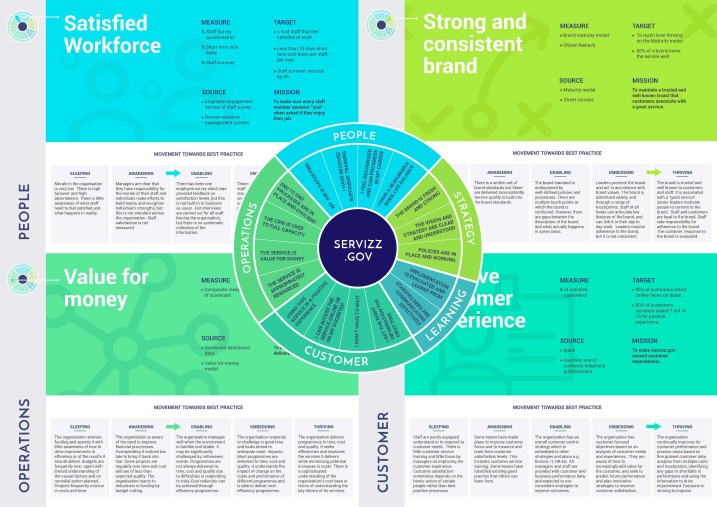
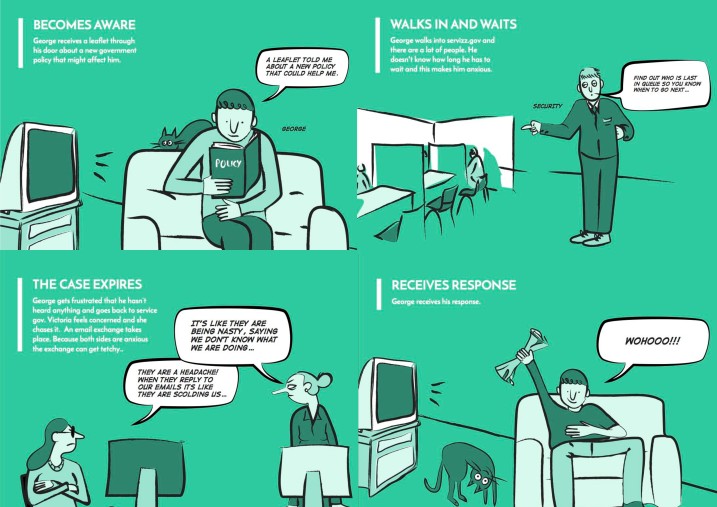
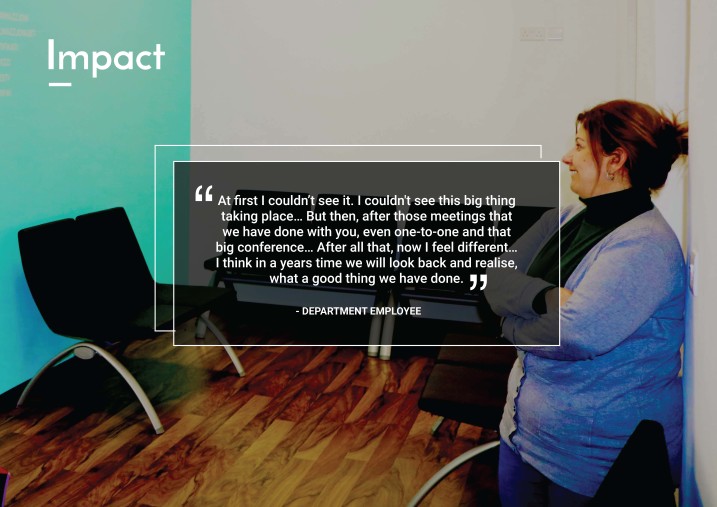





Share your thoughts
0 RepliesPlease login to comment